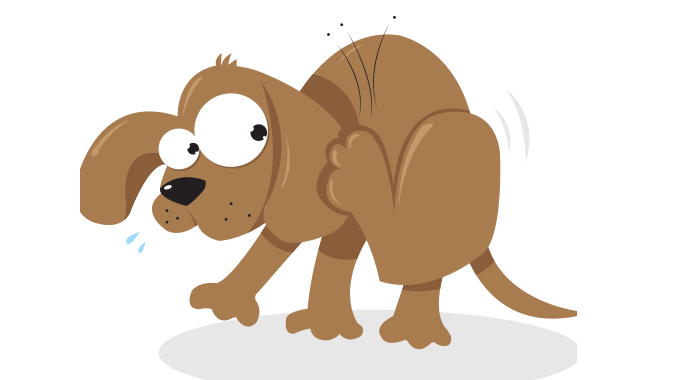We all know that fleas and ticks cause a lot of harm for our beloved pets, but how much do you really know about these dangerous parasites?
Tick Facts
Fact 1: Ticks do not fly, jump or fall from trees. They generally crawl up their hosts from the tips of grasses and shrubs.
What to do: Check your pets for ticks daily, especially after spending time outdoors. Avoid heavily wooded and brushy areas with high grass and leaf litter. Walk in the center of trails.
Fact 2: The saliva in many hard ticks acts like cement, anchoring it in place and making it harder to remove from the surface.
What to do: Use fine tipped tweezers to grasp the tick close to the skin. Use a slow, steady pressure. Avoid crushing, twisting or jerking as these motions can cause parts of the tick to remain embedded.
Fact 3: Signs of tick-borne disease may not appear for 7-21 days or longer after a tick bite.
What to do: Watch your dog closely for changes in behavior or appetite. If you suspect a tick bite, see your vet for an exam.
Flea Facts
Fact 4: A female flea will lay at least 20 eggs a day. Half of the eggs will be female, which can eventually produce about 20,000 new fleas in 60 days. The shortest life span of a flea is 21 days.
What to do: Quarantine infested pets until they are treated. Wash all bedding, rugs and throws in soapy water. Vacuum everything and have the carpets steam cleaned.
Fact 5: Fleas can jump 110 times their length, which is like an average-sized human jumping over a 30-story building.
Signs of flea activity: Pets that repeatedly scratch and groom themselves due to the discomfort of the flea activity as adult fleas feed on the pet’s blood.
Fact 6: Fleas require 50% or higher relative humidity to live. Flea eggs develop rapidly in warm, humid environments. They’ll hatch within 1.5 days when temperatures are near 89.6°F and between 75% and 92% relative humidity.
What to do: Use a dehumidifier to keep the humidity in your room under 50% for two days. This will kill adult fleas and larva and stop flea eggs from hatching.
Landscaping techniques to help reduce tick populations:
- Remove leaf litter
- Clear tall grasses and brush around homes and at the edge of lawns.
- Place a three-foot wide barrier of wood chips or gravel between lawns and wooded areas to restrict tick migration.
- Mow the lawn frequently.
- Stack wood neatly and in a dry area.
- Keep playground equipment, decks and patios away from yard edges and trees.
- Discourage unwelcomed animals (such as deer and raccoons) by constructing a fence.
- Remove old furniture, mattresses or trash from the yard that may give ticks a place to hide.

